In the 1950s a flight from London to New York took a painful 13 hours all the while enduring the noise and vibrations of a piston engine and the occasional bumpy ride from a north Atlantic storm, and then along came sub-sonic Jetliners. They flew above the weather and a flight from London to New York was cut down to just 7 hours. The jet age revolutionized air travel but the Concorde would take an even bigger leap in the civil aviation industry.
In the upcoming supersonic age, aircraft would travel at over 2,100 KM/H, almost at the edge of space at 60,000 ft cutting a trip from London to New York down to just 3.5 hours. It was supposed to be one of the biggest technological leaps of the century, but instead, Concorde turned out to be one of the biggest mistakes of the civil aviation industry.
In 1947 a rocket-powered Bell X-1 ejected off a B50 Mothership and broke the sound barrier traveling almost 1,600 KM/H. This achievement proved to the world that traveling faster than the speed of sound was possible. Newer speed records promptly followed as supersonic flight was widely understood and it wasn’t long before military aircraft were routinely flying beyond the sound barrier.
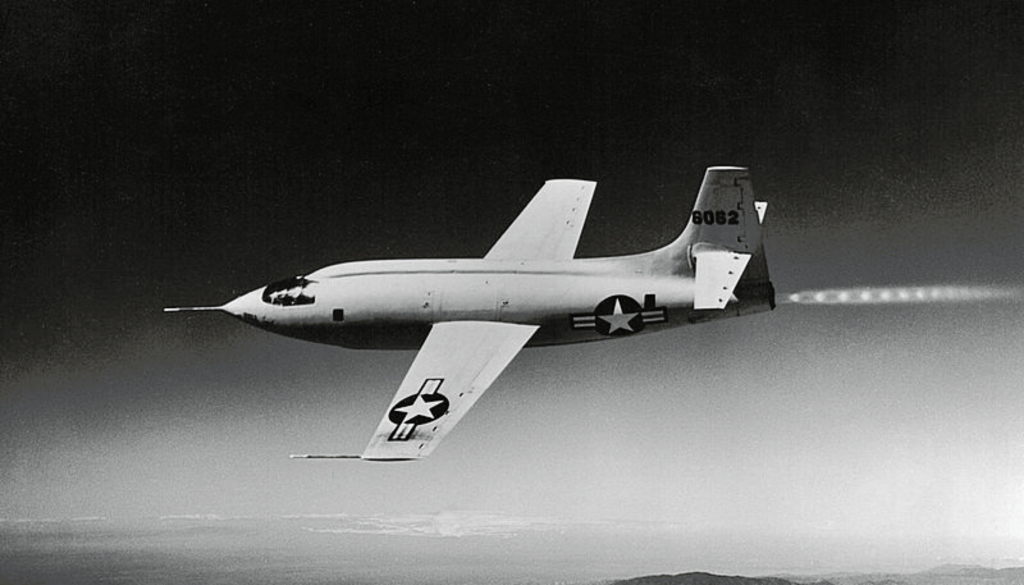
As soon as that record was broken, people started thinking if a commercial airline could be built to do the same. A trip across the Atlantic could be cut down to just a couple of hours bringing the world closer together but, flying at supersonic speed requires engines at least twice as powerful as those on subsonic jets. Streamlined wings and air-frames materials were also needed that can withstand the high temperatures caused by air friction. With these technical hurdles, there were doubts about supersonic commercial air travel making any sense. However, there was similar skepticism around the switch from propeller-driven aircraft to jet-power even so, the transition to the jet age happened very quickly which left many smaller aircraft builders behind. The up-and-coming supersonic age could do the same.
In 1949, the British stunned the world with the first jet airliner. It flew faster and higher than any aircraft before it. The De Havilland Comet was revolutionary and with that, the British were going to lead the world into the jet age. Unfortunately, a design flaw caused a string of deadly accidents temporally grounding the comet. This gave the rest of the world time to catch up and by the 1960s for every Comet sold the Americans were selling another 10 Boeing 707 and the DC-8 jetliners of their own. The British quickly lost their early lead in the jet age.
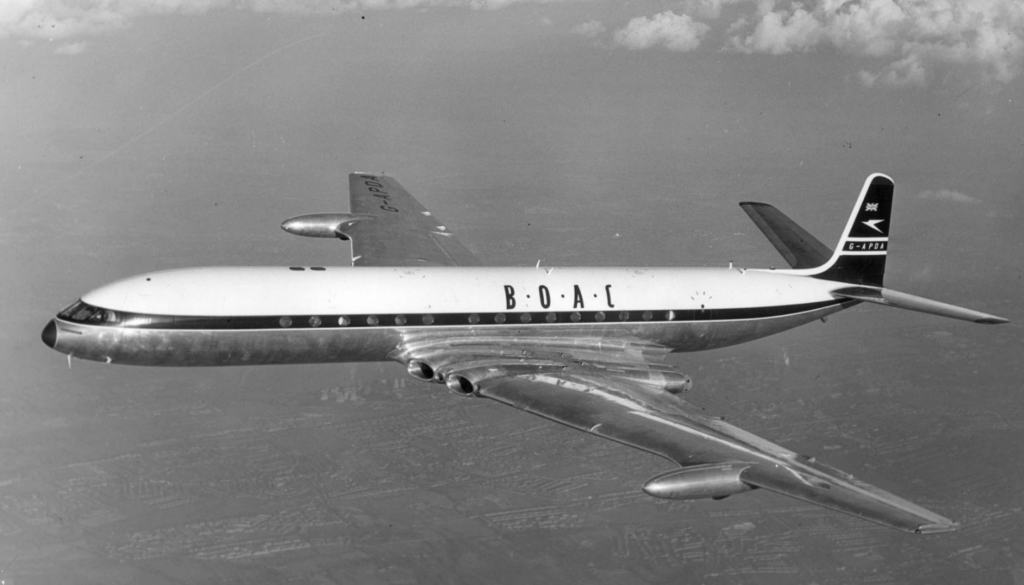
If supersonic air travel was the next evolution, Britain would have another chance to take the lead. By 1961, the British had come out with a design for a supersonic aircraft. At the same time, the French were also working on a very similar concept. So, at that time it made sense to join hands. After a little creative deal-making and a few political meetings, the two countries partnered by signing a treaty in 1962 bringing Britain & France together. The once fierce aircraft-building rivals would now work together to reinvent air travel.
Apart from The Apollo 11 moon landing, the Concorde was the century’s most ambitious technical project. It would cruise at twice the speed of sound with enough range to fly across the Atlantic. Although it burned more fuel, Concord would make 2 flights at the same time a traditional jetliner would finish one journey from London to New York, offsetting higher fuel costs by reducing the number of aircraft required for each route. By 1963, mock-ups were capturing the world’s imagination and dazzling the press. Multiple airlines placed orders for over 70 concords, a number expected to grow to over 200 by the year 1975.
With elegant lines the Concorde was a triumph of engineering, its delta wing took over 5,000 hours of wind tunnel testing to perfect. Its ingenious wing shape allowed the plane to fly beyond mark 2 but also made it maneuverable enough to fly slowly into congested airports. The Olympus afterburning turbojets were sourced from the Avro Vulkan strategic cold war era bomber and were re-engineered with an innovative intake system that allowed for cruise at supersonic speeds for longer than any other aircraft in history. With a streamlined airframe the Concorde’s extremely long and sleek nose would block the pilot’s view, the solution was to create a nose cone that was physically lowered to improve the pilot’s visibility during take-off and landing. The sheer number of innovations the Concorde had were astounding and in 1969 the first Concorde took to the skies.
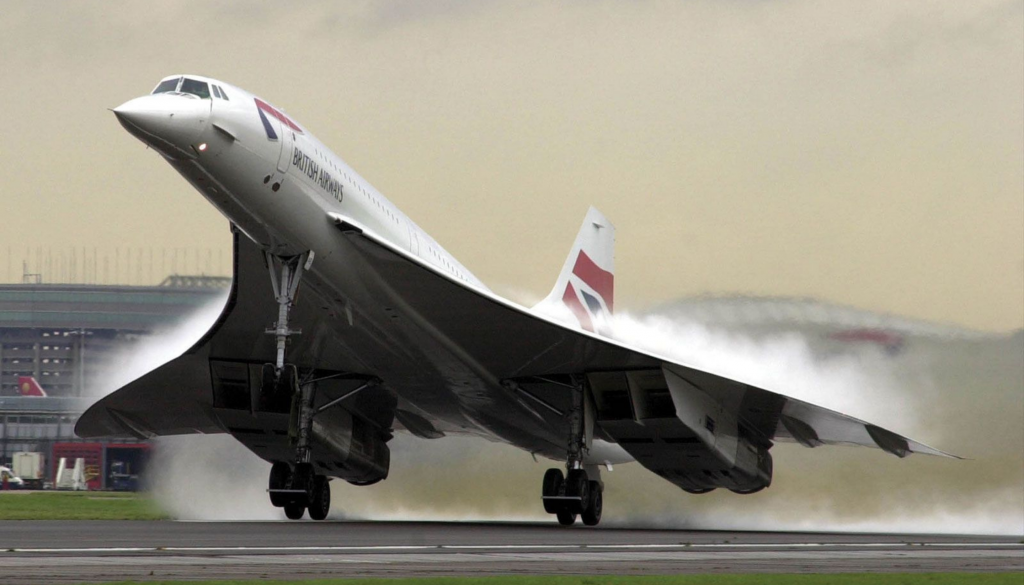
And as the first Concordes took to the skies these were some of the things the press had to say about the plane:
“As the Concorde landed dozens of people telephone the airport to complain about the noise”
“Concord 002 didn’t help matters when it recorded the loudest take-off when it left Tokyo airport”
“This magnificent machine is the prime producer of a sound nobody wants the sonic boom”
“National science foundation of United States of America has indicated that prolonged flights by the Concorde can have severe environmental effect to the ozone layer”
By 1971, Concorde was facing a perfect storm, there were doubts if the plane would even make it into service. For one, Concorde’s afterburning turbo Jets were twice as loud on take-off compared to other jets of the date and it led to protests around the world. Also like all supersonic aircraft, the Concorde generated Sonic booms which resulted in loud bangs heard by anyone under the supersonic flight path. The public tolerance for sonic booms was clearly underestimated and as a result, countries started banning supersonic flights over their airspace. Evidence was also mounting that the Concord could damage the environment because if 100s entered service, regular high-altitude supersonic flights could destroy the ozone layer, but the biggest challenge facing the program was economics.
Concorde was designed in the 1960s when Jet fuel was very cheap, but it would enter service during the mid to late 1970s, just as the price of oil began to skyrocket due to the worldwide oil crisis. Concorde burnt nearly four times more fuel than even the most inefficient subsonic jetliners also while carrying fewer passengers. These economics just made no sense and by the end of 1973, almost every airline canceled their orders for Concord leaving just a handful of orders, nowhere near the 150 planes the program needed just to break even. All the while, development costs were spiraling out of control as they were going over 10 times the original estimate by the 1970s. But because of the government Concord treaty, neither Britain nor France could back out of the deal without paying the other massive penalties so with or without orders, the Concord program would have to push forward.
After 14 years of development, Concord was finally ready to enter service. On January 21st, 1976, two Concords simultaneously lifted off carrying their first passengers. It was a huge milestone for the program but hardly the bold new era for mass supersonic air travel that many had predicted. British Airways and Air France were the only airlines to put the Concorde into service, both were nationally owned airlines who were forced to take deliveries of a few Concordes. With a limited range and overland flight restrictions, there were very few route options available, and every time a Concord took off British Airways and Air France lost money, so much so that in just a few years it was estimated that they lost about 10 million dollars operating them. As a result, by 1980 there were rumors of retiring Concords early, but a dramatic turnaround was just around the corner.
By the mid-1980, both airlines weren’t just operating Concordes, they had figured out how to make huge profits with them. With the prospect of supersonic air travel for the masses having come and gone and with only 14 Concordes in service, the plane was transformed into more than just fast air travel, instead Concorde was converted into an ultra-luxury flying experience for a new kind of passenger with very deep pockets. By the mid-1980s, average ticket prices were more than double than they were in the 1970s, at one point costing over 12 to 15 thousand dollars for a London to New York round trip. Concord failed to revolutionize air travel for the masses, but it opened a profitable new market serving celebrities and the ultra-rich. With only a handful of aircraft in service, public concern over the environment and the noise faded. For nearly three decades, the Concord served as a symbol of pride for the British and French, but much like its development and introduction, Concord’s final years would prove difficult.
A Tragic crash in July 2000 of Air France flight 4590 caused by a piece of debris on the runway tarnished Concord’s impeccable safety record.
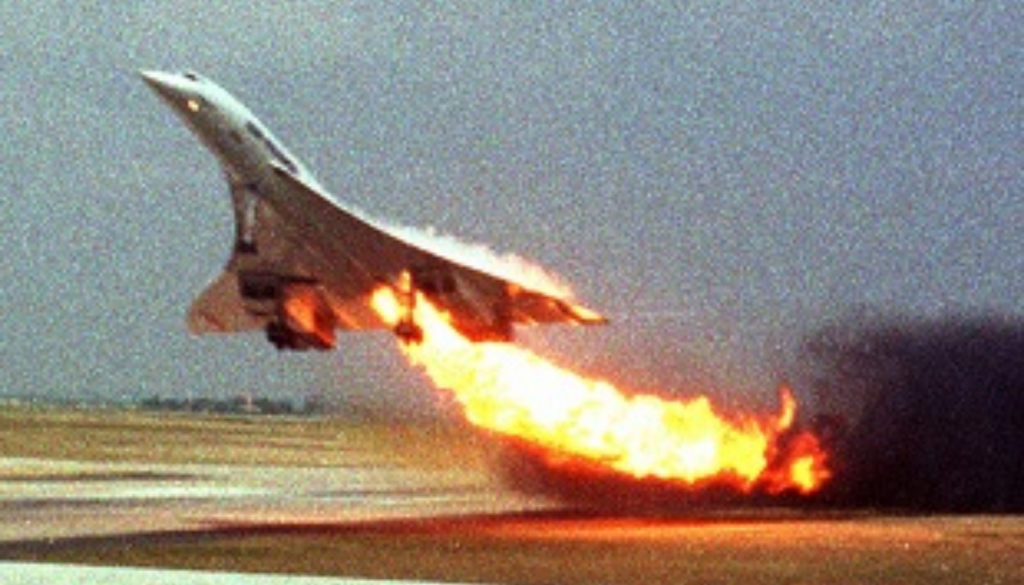
This was followed by the drop in commercial airline passengers following the September 11 (9/11) incident with the twin towers in New York, and then there were the challenges of maintaining such complex and aging planes. In 2003, after 27 years of service, the most recognizable and iconic aircraft .in history was retired by Air France and British Airways closing the final chapter on the most ambitious aviation project in history.
Become a part of the Aviation Industry. Click to learn more about Commercial Pilot Licence Training with SFA&ATP
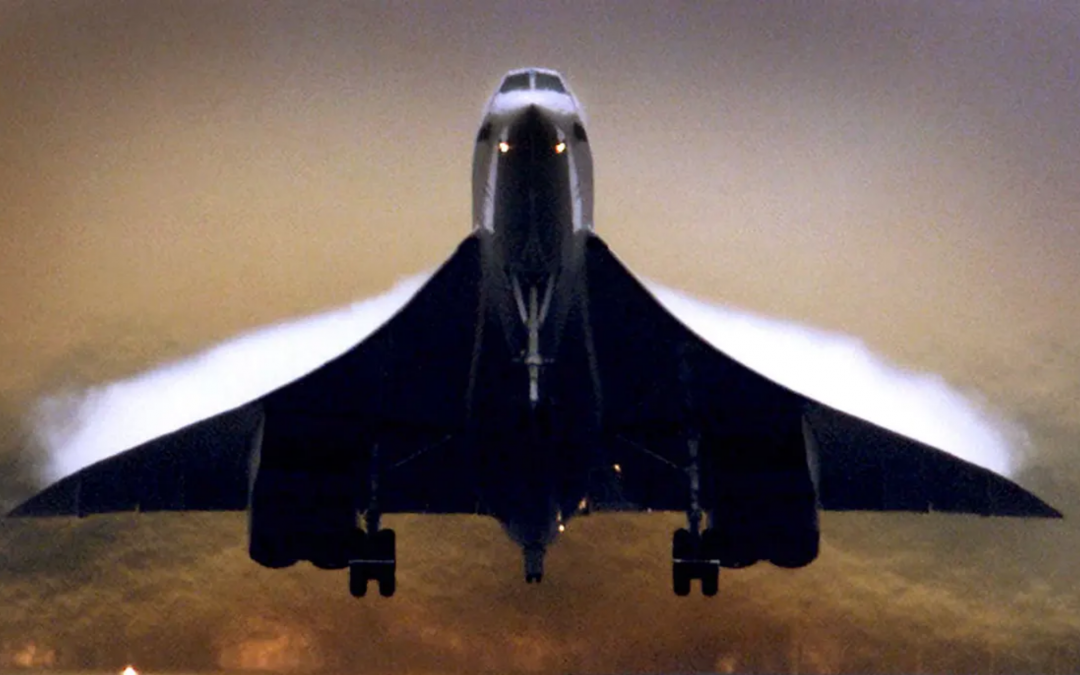
This is the perfect webpage for everyone who wishes to understand this topic. You realize so much its almost hard to argue with you (not that I personally would want toÖHaHa). You definitely put a brand new spin on a subject that has been written about for a long time. Great stuff, just great!
Thank you pertaining to taking turns the following superb subject matter on your website. I came across it on the internet. I am going to check back again if you publish much more aricles.
You ought to take part in a contest for one of the greatest blogs on the web. Im going to highly recommend this site!
Im excited to find this website. I need to to thank you for your time due to this wonderful read!! I definitely loved every little bit of it and i also have you book marked to check out new stuff in your blog.
Nice post. I learn something new and challenging on sites I stumbleupon everyday. Its always interesting to read content from other writers and practice a little something from their sites.